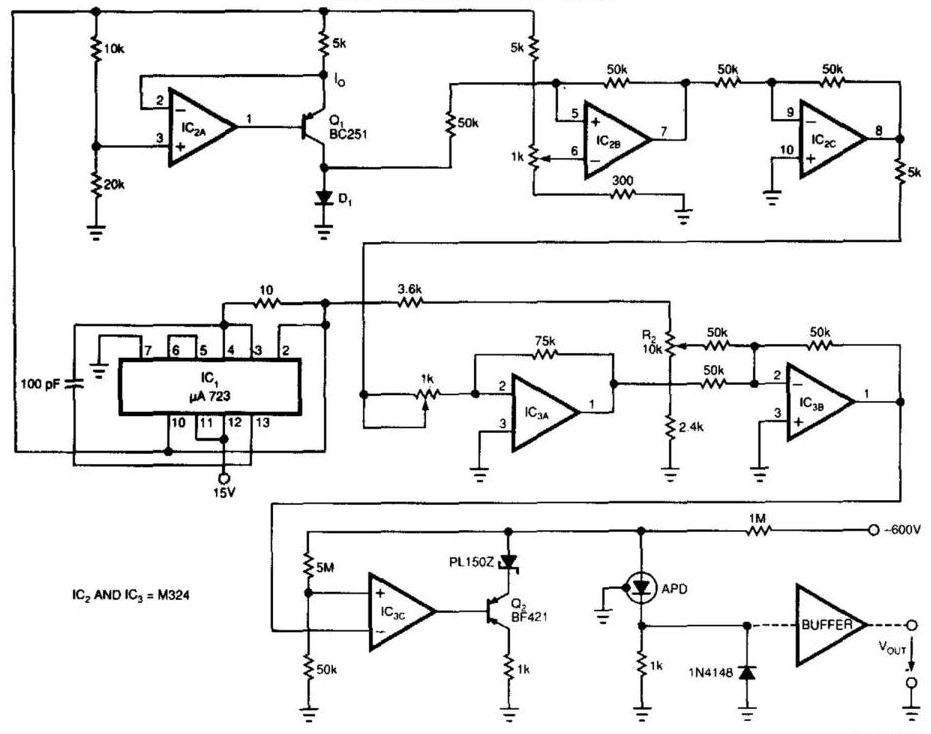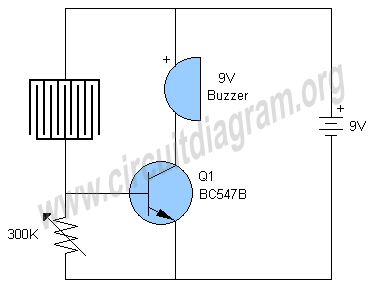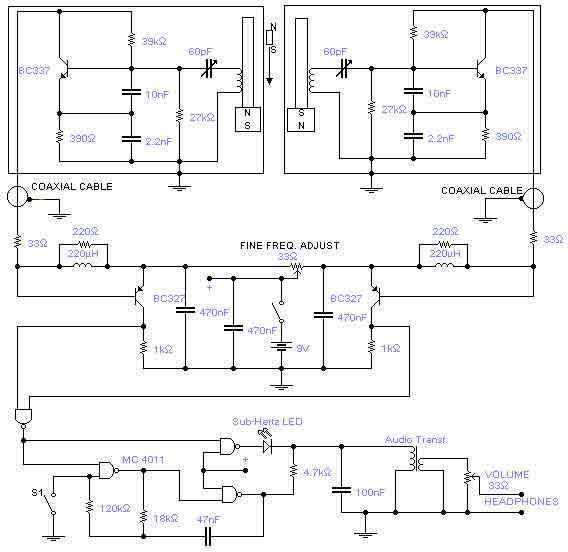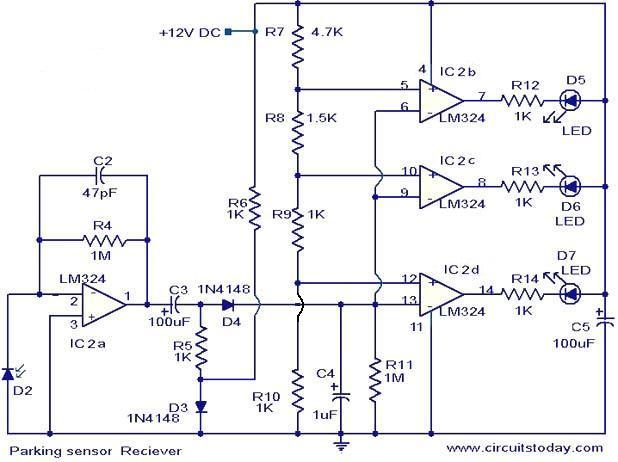
Diode Sensor For Lasers

Laser-receiver circuits must bias their avalanche photodiodes (APD) to achieve optimal gain. Unfortunately, an APD's gain depends on the operating temperature. The circuit controls the operating voltage of an APD over a large temperature range to maintain the gain at the optimal value. The circuit uses Dl as a.
To maintain the optimal performance of avalanche photodiodes (APDs) in laser-receiver circuits, it is essential to implement a biasing mechanism that adjusts the operating voltage in response to temperature variations. The gain of an APD is significantly influenced by its operating temperature, necessitating a robust control system capable of compensating for these fluctuations.
The circuit is designed to monitor the temperature of the APD and adjust the bias voltage accordingly. This is typically accomplished using a temperature sensor, such as a thermistor or a diode temperature sensor, which provides real-time temperature data to a microcontroller or an analog circuit. The microcontroller processes this data and calculates the necessary adjustments to the bias voltage to ensure that the gain of the APD remains constant.
In conjunction with the temperature sensor, a voltage regulator or a digital-to-analog converter (DAC) can be employed to provide precise control over the bias voltage. The output from the DAC can be fed into a power amplifier to drive the APD. Additionally, feedback mechanisms may be integrated to continuously monitor the output signal and make fine adjustments to the bias voltage, ensuring that the APD operates at its optimal gain across the entire temperature range.
Furthermore, the circuit may include protection features such as over-voltage and over-current protection to safeguard the APD from potential damage due to excessive biasing. This can be achieved through the use of zener diodes or current-limiting resistors.
Overall, the design of the biasing circuit for APDs in laser-receiver applications is critical for maintaining consistent performance, particularly in environments with varying temperatures. Implementing a comprehensive control strategy allows for the reliable operation of the APD, ensuring high sensitivity and accuracy in laser detection applications.Laser-receiver circuits must bias their avalanche photo diodes (APD) to achieve optimal gain. Unfortunately, an APD""s gain depends on the operating temperature. The circuit controls the operating voltage of an APD over a large temperature range to maintain the gain at the optimal value. The circuit uses Dl as a. 🔗 External reference
To maintain the optimal performance of avalanche photodiodes (APDs) in laser-receiver circuits, it is essential to implement a biasing mechanism that adjusts the operating voltage in response to temperature variations. The gain of an APD is significantly influenced by its operating temperature, necessitating a robust control system capable of compensating for these fluctuations.
The circuit is designed to monitor the temperature of the APD and adjust the bias voltage accordingly. This is typically accomplished using a temperature sensor, such as a thermistor or a diode temperature sensor, which provides real-time temperature data to a microcontroller or an analog circuit. The microcontroller processes this data and calculates the necessary adjustments to the bias voltage to ensure that the gain of the APD remains constant.
In conjunction with the temperature sensor, a voltage regulator or a digital-to-analog converter (DAC) can be employed to provide precise control over the bias voltage. The output from the DAC can be fed into a power amplifier to drive the APD. Additionally, feedback mechanisms may be integrated to continuously monitor the output signal and make fine adjustments to the bias voltage, ensuring that the APD operates at its optimal gain across the entire temperature range.
Furthermore, the circuit may include protection features such as over-voltage and over-current protection to safeguard the APD from potential damage due to excessive biasing. This can be achieved through the use of zener diodes or current-limiting resistors.
Overall, the design of the biasing circuit for APDs in laser-receiver applications is critical for maintaining consistent performance, particularly in environments with varying temperatures. Implementing a comprehensive control strategy allows for the reliable operation of the APD, ensuring high sensitivity and accuracy in laser detection applications.Laser-receiver circuits must bias their avalanche photo diodes (APD) to achieve optimal gain. Unfortunately, an APD""s gain depends on the operating temperature. The circuit controls the operating voltage of an APD over a large temperature range to maintain the gain at the optimal value. The circuit uses Dl as a. 🔗 External reference





